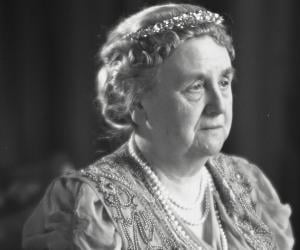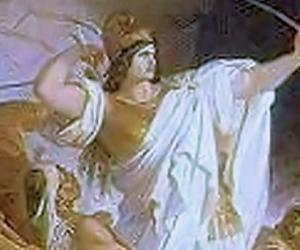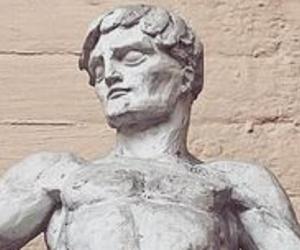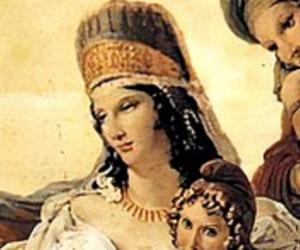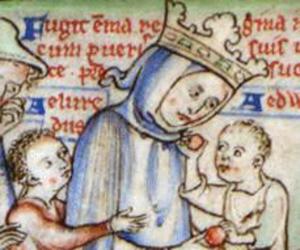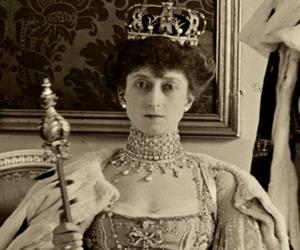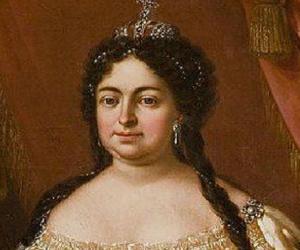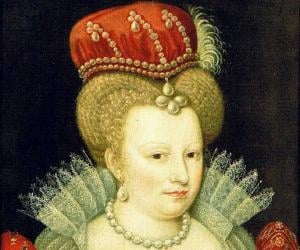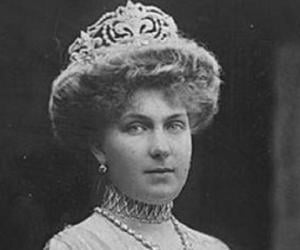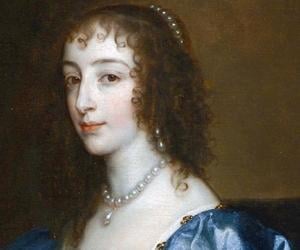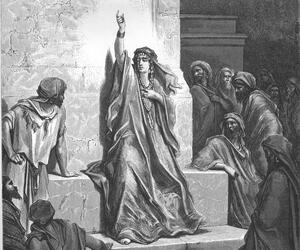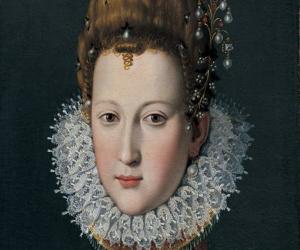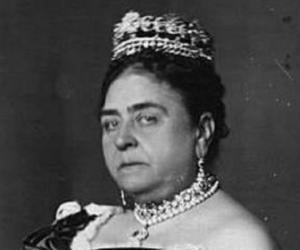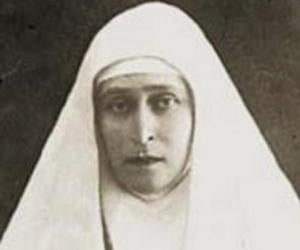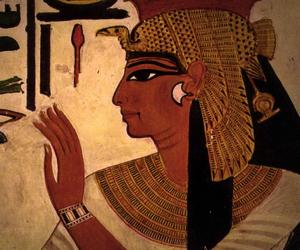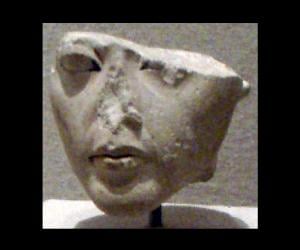Quick Facts
Also Known As: Wilhelmina Helena Pauline Maria
Died At Age: 82
Family:
Spouse/Ex-: Duke Henry of Mecklenburg-Schwerin
father: William III of the Netherlands
mother: Emma of Waldeck and Pyrmont
siblings: Alexander, Prince Maurice of the Netherlands, Prince of Orange, William
children: Juliana of the Netherlands
Born Country: Netherlands
Empresses & Queens Dutch Women
Died on: November 28, 1962
place of death: Apeldoorn, Netherlands
Cause of Death: Cardiac Arrest
City: The Hague, Netherlands
More Facts
awards: Order of the White Eagle
Order of St. Olav
Geuzenpenning
Childhood & Early Life
Princess Wilhelmina Helena Pauline Maria of the Netherlands was born on August 31, 1880, at Noordeinde Palace in The Hague, Netherlands, to King William III and his second wife, Emma of Waldeck and Pyrmont. Her father was 63 years old when she was born, and had only one of his three sons from his first wife Sophie of Württemberg alive.
At birth, she held the title of ‘Princess Pauline of Orange-Nassau’ and was third in the line of succession after her half-brother Alexander, and her great uncle Prince Frederick. Frederick died in 1881, followed by Alexander in 1884, making her the successor to the throne as ‘Princess Wilhelmina of the Netherlands’, which was formally announced by her 70-year-old father in 1887.
Inauguration & Marriage
10-year-old Princess Wilhelmina of the Netherlands became the Queen of Netherlands after her father died on November 23, 1890, and until she was 18 years old, her mother served as the regent. Her swearing-in and inauguration ceremony was held at the Nieuwe Kerk in Amsterdam on September 6, 1898.
She traveled to Schwarzburg-Rudolstadt in present-day Thuringia, Germany, to meet prospective marriage candidates Prince Friedrich Wilhelm of Prussia and two sons of Friedrich Franz II, Grand Duke of Mecklenburg-Schwerin. The announcement of her engagement to Duke Henry of Mecklenburg-Schwerin was made on October 16, 1900, and they got married on February 7, 1901, at the Grote of Sint-Jacobskerk in The Hague in the Netherlands.
While her husband became a Dutch Prince, she announced via a decree that the House of Orange-Nassau will remain the Dutch royal house, and will not change to the House of Mecklenburg-Schwerin. She urgently needed an heir as it was possible that German Prince Heinrich XXXII Reuss of Köstritz might inherit the throne if her heir presumptive, second cousin William Ernest, Grand Duke of Saxe-Weimar-Eisenach, renounced it.
In the next eight years, Queen Wilhelmina had two miscarriages and gave birth to a premature stillborn son on May 4, 1902. Her condition was life-threatening at one point, but she successfully gave birth to Princess Juliana on April 30, 1909, even though she had two more miscarriages in 1912.
Early Reign & First World War
During her early rule, Queen Wilhelmina of the Netherlands developed a strong resentment towards the United Kingdom after it annexed the republics of Transvaal and Orange Free State following the Second Boer War in 1902.
Many people in the Netherlands, including the Queen, felt a kinship with the Boers, descendants of early Dutch colonists, and she even ordered the Dutch warship HNLMS Gelderland to rescue Transvaal President Paul Kruger.
While Queen Wilhelmina supported the neutral foreign and defense policies of the Netherlands, she nevertheless wanted to base such policies on a position of strength. Despite not being an army commander, she took great interest in the wellbeing of her soldiers and advocated for a small but powerful and well-equipped army.
The Netherlands remained neutral when World War I broke out, but she kept a keen eye on military developments through her commander-in-chief and Prime Minister. However, her prince-consort, German Duke Henry became a liability as he had expressed his desire to cross the Belgian border in August 1914, to visit relatives who fought with the German army.
Queen Wilhelmina, who was strong-willed, often clashed with her government officials, whom she considered weak and spineless, and grew more defiant as the British blockade policy began intercepting all Dutch ships, affecting the nation’s economy. She responded by trading with Germany, which had already invested heavily in the Dutch economy and had large trade partnerships.
In 1917, she escaped unscathed when the train she took while returning from her two-day visit to Zaltbommel derailed, and earned praise for tending to the injured. That same year, she also foiled a revolt by socialist leader Pieter Jelles Troelstra, who had attempted to take control of the Parliament to end the government and the monarchy.
When the war ended, Queen Wilhelmina allowed political asylum to German Emperor Wilhelm II, in part because she had family connections with the Kaiser. She was concerned about her country’s image as a country of refuge, and when the Allies asked her to hand over the Kaiser, she lectured Allied ambassadors on asylum rights.
Later Reign & Second World War
During the next period of Queen Wilhelmina’s rule, the Netherlands saw the construction of the Zuiderzee Works, a large hydraulic engineering project which reclaimed vast amounts of land from under the sea. The country also faced the economic crisis of the 1930s, when she was at the peak of her power under successive governments of monarchist prime minister Hendrik Colijn.
In 1934, Queen Wilhelmina lost her mother, Queen Emma, and her husband, Prince Henry. However, the latter part of the decade was spent in preparation of Princess Juliana’s wedding to German aristocrat, Prince Bernhard of Lippe-Biesterfeld, in 1937, amidst rumors of his previous involvements with the Nazis.
Her government gave shelter to German Jews in 1939, and on May 10, 1940, Nazi Germany invaded the Netherlands, forcing her to flee to the United Kingdom aboard HMS Hereward, sent by King George VI. She governed her country from exile, and was allowed radio time on the BBC to broadcast messages to the Dutch people.
During her exile, Queen Wilhelmina visited the United States as the guest of the US government, travelled to Canada, and conceived of new order for post-liberation Netherlands. She eventually returned to her country in 1945, but was disappointed to find that the previous political factions had seized power again.
Later Life & Death
After the war, Queen Wilhelmina of the Netherlands lived in a mansion in The Hague, and on September 4, 1948, abdicated the throne in favor of her daughter Juliana.
She died on November 28, 1962 in Het Loo Palace at the age of 82, following which she was buried in the Nieuwe Kerk in Delft, the Dutch Royal Family crypt.
Facts About Wilhelmina of the Netherlands
Wilhelmina of the Netherlands was an avid supporter of the Dutch resistance during World War II, even broadcasting messages to her people from the safety of exile in England.
She was known for her strong sense of duty and dedication to her country, often putting the needs of the Dutch people above her own.
Despite facing many personal tragedies in her life, including the loss of her husband and two of her daughters, Wilhelmina remained a steadfast and resilient leader.


